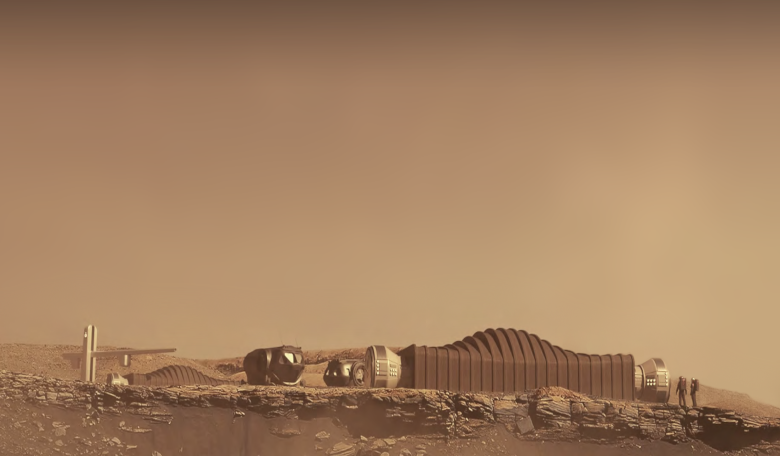Mars is calling! NASA is seeking applicants for participation as a crew member during the first one-year analog mission in a habitat to simulate life on a distant world, set to begin in Autumn/Fall 2022.
As NASA ventures farther into the cosmos, the astronaut experience will change. In preparation for the real-life challenges of future missions to Mars, NASA will study how highly motivated individuals respond under the rigor of a long-duration, ground-based simulation.
The series of missions - known as Crew Health and Performance Exploration Analog - includes three one-year Mars surface simulations based at NASA’s Johnson Space Center. The analogs will support research to develop methods and technologies to prevent and resolve potential problems on future human spaceflight missions to the Moon and Mars.
Each mission will consist of four crew members living and working in a 1,700-square-foot module 3D-printed by ICON, called Mars Dune Alpha. The habitat will simulate the challenges of a mission on Mars, including resource limitations, equipment failure, communication delays, and other environmental stressors. Crew tasks may include simulated spacewalks, scientific research, use of virtual reality and robotic controls, and exchanging communications. The results will provide important scientific data to validate systems and develop solutions.
NASA is looking for healthy, motivated U.S. citizens or permanent residents who are non-smokers, age 30 to 55 years old, and proficient in English for effective communication between crew and mission control. Crew selection will follow standard NASA criteria for astronaut candidate applicants.
A master’s degree in a STEM field such as engineering, mathematics, or biological, physical or computer science from an accredited institution with at least two years of professional STEM experience or a minimum of one thousand hours piloting an aircraft is required. Candidates who have completed two years of work toward a doctoral program in STEM, or completed a medical degree, or a test pilot program will also be considered. Additionally, with four years of professional experience, applicants who have completed military officer training or a Bachelor of Science in a STEM field may be considered.
If you have a strong desire for unique, rewarding adventures and are interested in contributing to NASA’s work in preparing for the first human journey to Mars, click here to learn more and apply. Compensation for participating is available. More information will be provided during the candidate screening process.











